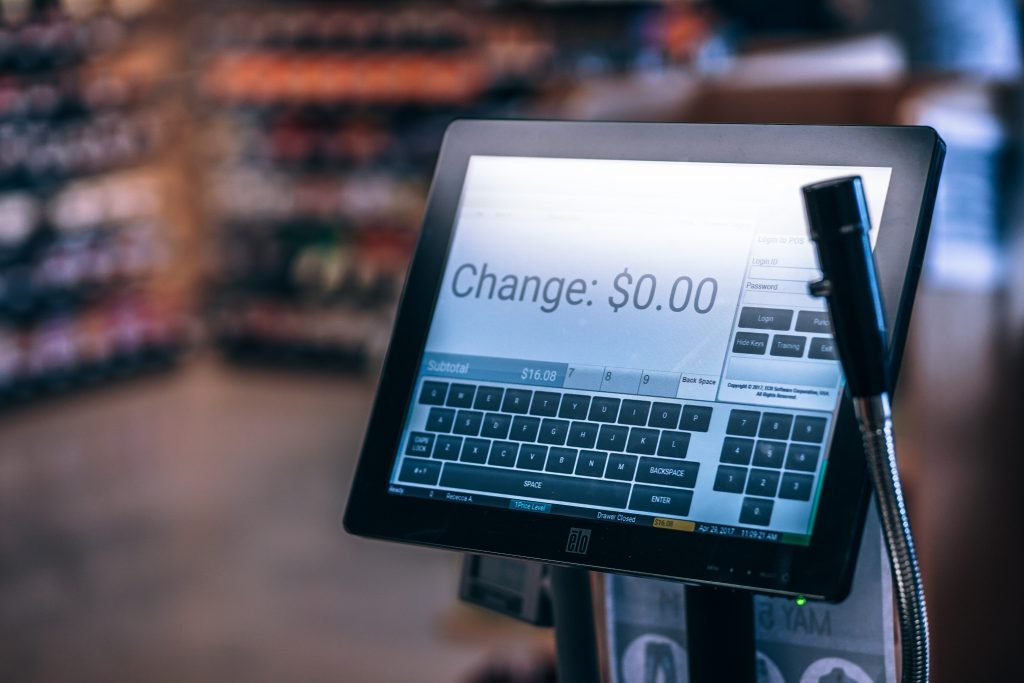One of the assumptions being made about blockchain technology is that in future payments will all be made using some form of blockchain tech and possibly using cryptocurrencies too. But, there is a problem with this line of thinking. In many cases, the comparison is being made with old and inefficient payment technologies. That comparison is understandable given how slow banks and large payment companies have been to make the banking system more efficient.

Source: Pexels
However, that line of thinking misses the fact that huge investments are now being made in developing new payment technologies that have nothing to do with distributed ledgers. There is now a race on between Fintech companies developing these types of technology, and blockchain projects competing in the same space.
Many of us in the crypto community are excited by some of the new payment systems being developed using DLT. Countless new projects including MoxyOne, Desto, Paygine, Paytomat and Circle are promising interesting solutions for in-store, online and mobile payments. However, these companies are not operating in a vacuum.

Source: Pexels
Teams launching blockchain projects in the payment space are up against some major obstacles. Even if we assume their products are superior, they will need to achieve critical mass before the network effect begins to work. In this regard, they have quite a challenge ahead of them.
Some of the biggest competition may come from China, where 95 percent of mobile payments already take place. Alibaba’s payment app, Alipay, already has 520 million active users and is now available in 30 countries. Ten Pay, Tencent’s payment app is rumoured to have even more active users.
Other solutions are being created for niche industries with unique requirements. Corporates, for example, are now embracing one time use virtual debit cards instead of expense accounts. This has prompted several banks to create solutions specifically for this market. Clover is a POS system designed specifically for farmers markets which have little permanent infrastructure. And, already, Instadebit is the preferred online casino deposit method in Canada.

Source: Pexels
And, then, of course, there are the likes of Google and Apple who are also making inroads in the space and using their captive audiences to do so. Of course, the payment giants like PayPal, Visa and Mastercard are unlikely to sit idly while start-ups take their market share. Between all these companies, payment technology is beginning to improve.
Here’s the real kicker though. The banks want to retain at least some of their role in the space. To do so they are prepared to invest in fintech companies in a way that gives them a return and a certain level of control. Decentralized business models don’t fit those requirements. A recent report by Cap Gemini highlighted 10 different trends in the payment space to watch in 2018. Only one of these trends referred to distributed ledgers.
The point is that the large Chinese conglomerates, banks, payment specialists and tech giants all have critical mass and deep pockets. They also have little interest in decentralized platforms if they cannot take an equity stake in those platforms. While decentralized platforms may well be more efficient, they will have a very steep mountain to climb if they are to gain meaningful market share.

The post Can Crypto Really Win the Payment Space? appeared first on CoinStaker | Bitcoin News.



